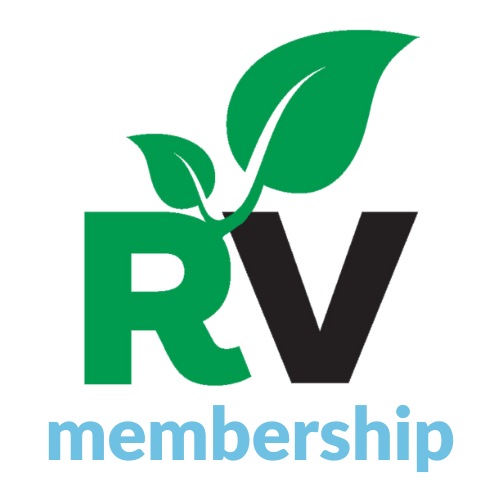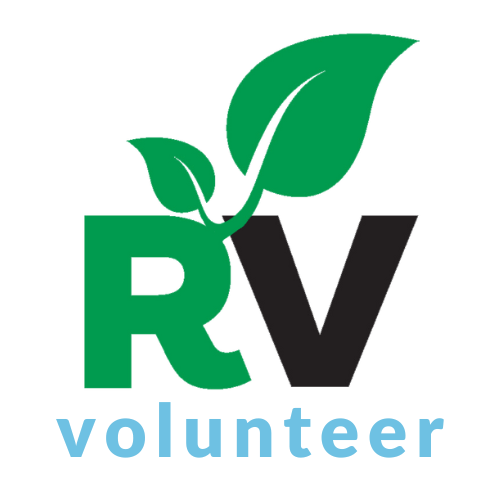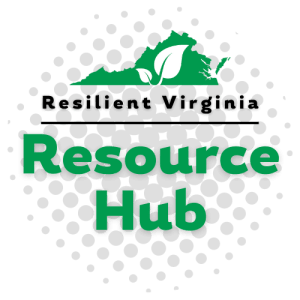 The Nature Conservancy’s (TNC) Customized Resilient and Connected Network (RCN) is a proposed conservation network of representative climate-resilient sites designed to sustain biodiversity and ecological functions into the future under a changing climate. The network was identified and mapped over a 10-year period by Nature Conservancy scientists using public data available at the state and national scale, and an inclusive process that involved 289 scientists from agencies, academia, and NGOs across the US.
The Nature Conservancy’s (TNC) Customized Resilient and Connected Network (RCN) is a proposed conservation network of representative climate-resilient sites designed to sustain biodiversity and ecological functions into the future under a changing climate. The network was identified and mapped over a 10-year period by Nature Conservancy scientists using public data available at the state and national scale, and an inclusive process that involved 289 scientists from agencies, academia, and NGOs across the US.
The Network is a starting point for conversations with local communities, indigenous tribes, land trusts, agencies, corporations, and funders on how to coordinate conservation efforts to increase our collective impact and sustain nature. Resilient lands and waters may be conserved by a wide range of measures from good land stewardship, to other forms of private land conservation, to outright fee or easement acquisition by various levels of government.
The Resilient Land Mapping Tool represents a version of the national dataset that has been reviewed and augmented by science and conservation staff in each of TNC’s seven North America Divisions. The augmentations reflect local site knowledge, field checking of connectivity linkages, and restoration work to restore resilience.
Most of the augmentations fall within the national RCN categories but new categories were added for restoration sites that were below the national resilience threshold but had recognized biodiversity value or diffuse flow.
Users can customize the map to visualize it by its Resilient Sites, Connectivity and Climate Flow (Continuous or Categorical), Recognized Biodiversity Value, or Resilient and Connected Network. Users can explore the map’s Component Data for the Resilient & Connected Network (RCN), Resilient Sites, and Recognized Biodiversity Value, and Carbon Estimates. Users can select different reference layers for the map: Study Regions, the Basemap, Ecoregions, the states, and/or Secured Areas.
A map key indicates what the colors on the map represent, and browsers can get a quick primer on the core concepts of the map and its categories through a link provided on the website.
The data from the site is downloadable and users can access the sources used for creating the map and information on the methods used to acquire the data.
Click here for more information.




